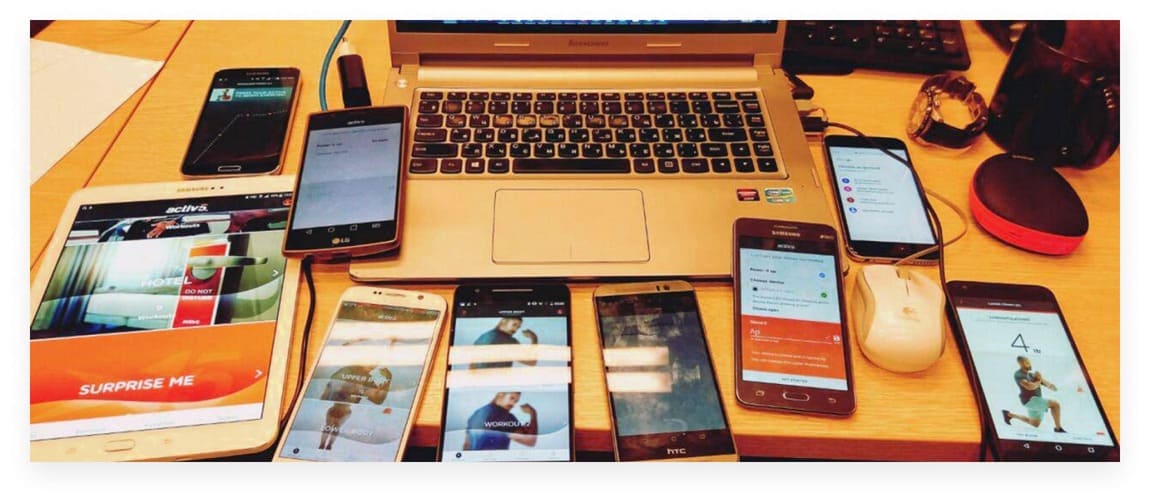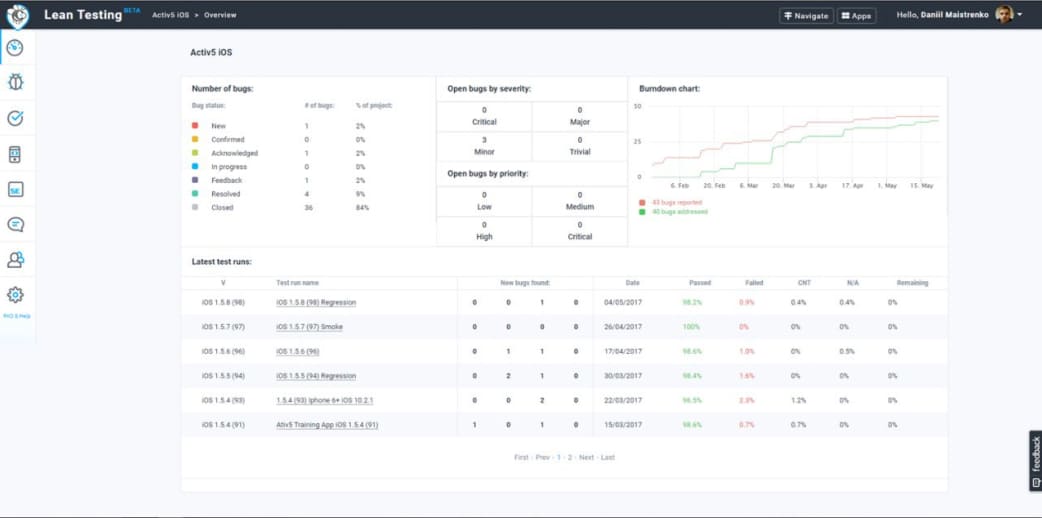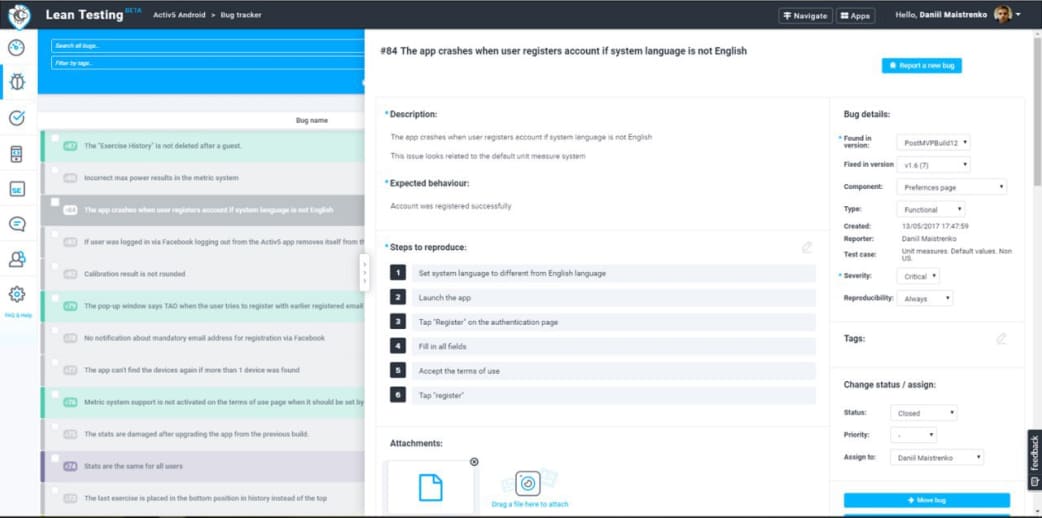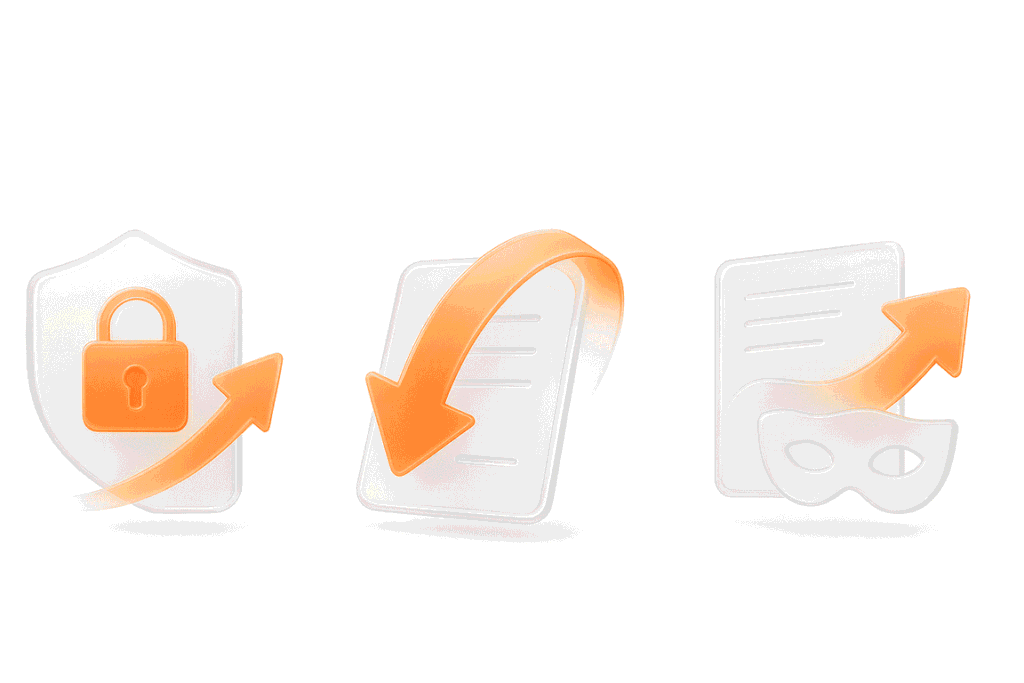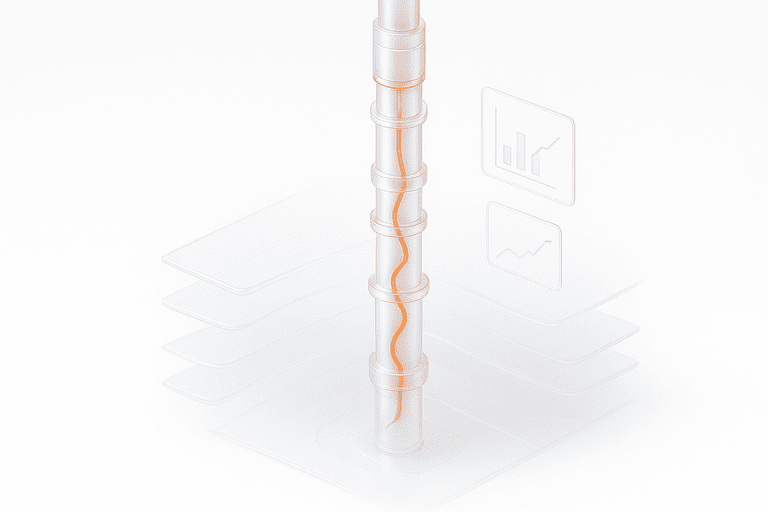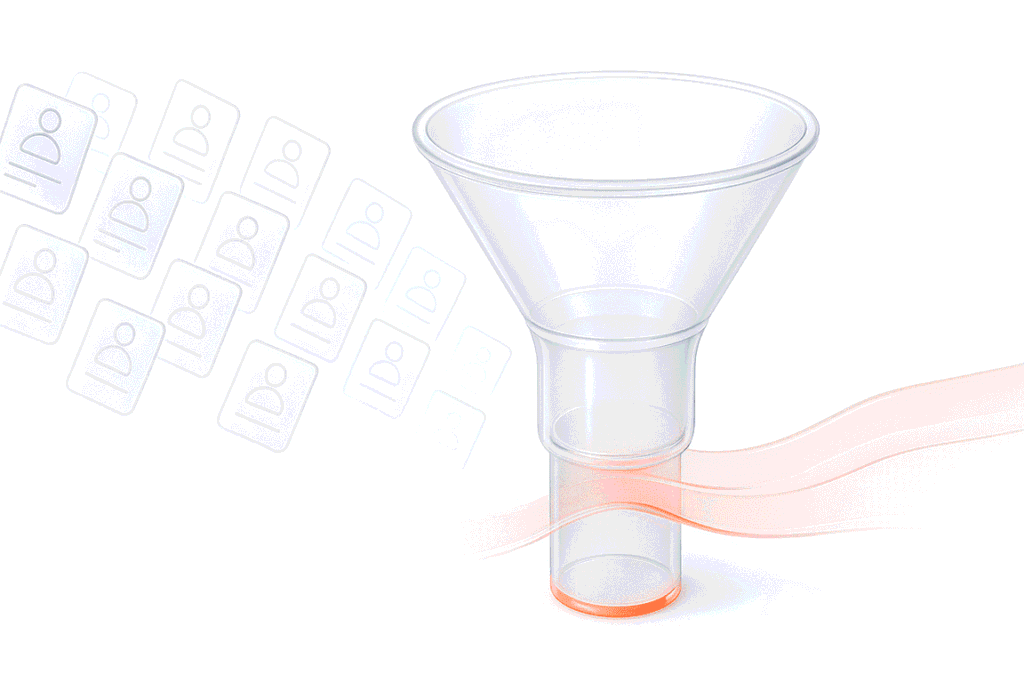Our client is a portable workout device and mobile app that coaches its users through low impact, isometric workouts in as little as five minutes per day. It measures and tracks the performance of its clients and offers various fun games you can play while exercising.
Why Was Testing Needed?
Our client approached us at the point when their popularity grew, the app was undergoing constant changes, new functions and additional features were added, new workout games developed. In order to widen its audience and make sure every user stuck to the app, developers had to pay special attention to the quality and usability of its product.
The application needed to be:
The client asked us to perform manual functional testing as well as test automation on iOS apps.
How Did We Start?
We started our project with manual testing, as the quickest way to ensure the quality of the product in the beginning.
Goals:
Through the course of our work, we used Charles Proxy for API testing, Xcode and Android Studio for recording all logs. We were distributing test builds via Testflight, Crashlytics, and Google Alpha.
Work Process
Testing Automation for iOS and Reasons for Choosing Appium
In addition to functional testing we realized Test Automation for iOS apps. When choosing our approach to automation, we were considering two main options: Appium and XCUTest. We have decided to use Appium, which is a test framework based on Selenium and JsonWireProtocol.[DM1] When choosing from a multitude of tools and frameworks we have opted to go with Appium as it helped us significantly reduce the cost of test automation for our client.
Testing the Interaction Between the App and the Device
One of the key features of this project was the fact that this is not a simple app, it is an application for a portable fitness device connected via Bluetooth; therefore, we had to test the interaction between the app and the device itself. In addition to typical Functional Testing and Test Automation app testing of the main functionality, we had to include mobile phones Bluetooth compatibility and stress tests into this project and use specific programs like BLE.
Key Challenges of This Project
One of the challenges of this project had to do with the initial submission to the App Store. One of the cases on those guidelines was that the App should work in Ipv6 only networks. In order to properly test for compliance with all App Store Review Guidelines, we had to test the behavior of the app in the IPv6 network.
Another issue we came across was working on a multinational team across different time zones. Android, iOS and Game applications were developed by three separate teams located on three different continents. At the onset of the project, it was rather a challenge trying to link them up. However, using Agile methodology, we managed to successfully integrate our QA team into developers’ regular sprints.
Feedback
Our client approached us at the point when their popularity grew, the app was undergoing constant changes, new functions and additional features were added, new workout games developed. In order to widen its audience and make sure every user stuck to the app, developers had to pay special attention to the quality and usability of its product.
Key Project Results
This is partially due to the fact that in addition to normal functional and regression testing and regular test model optimization, our team constantly analyzed user reports, thus ensuring good experience by all end users.
